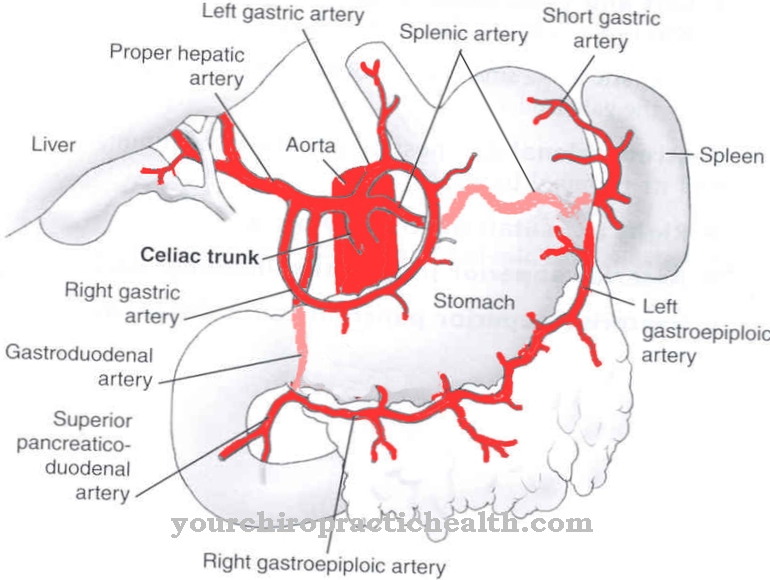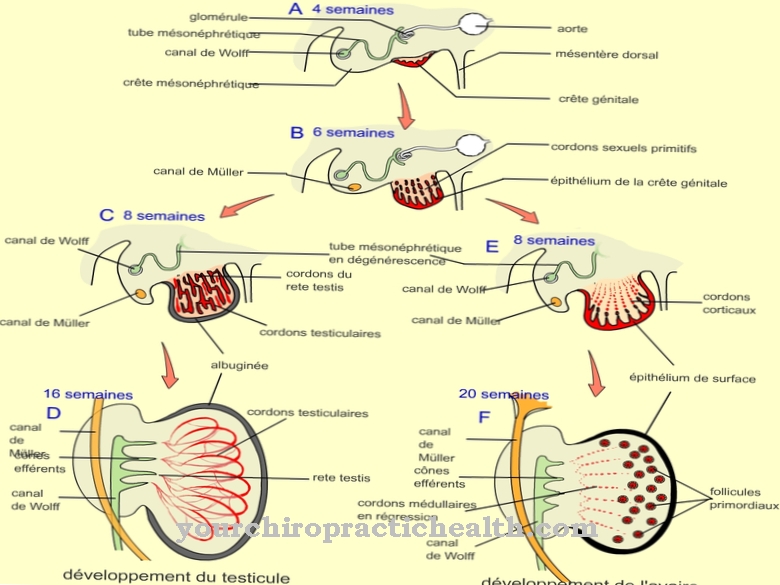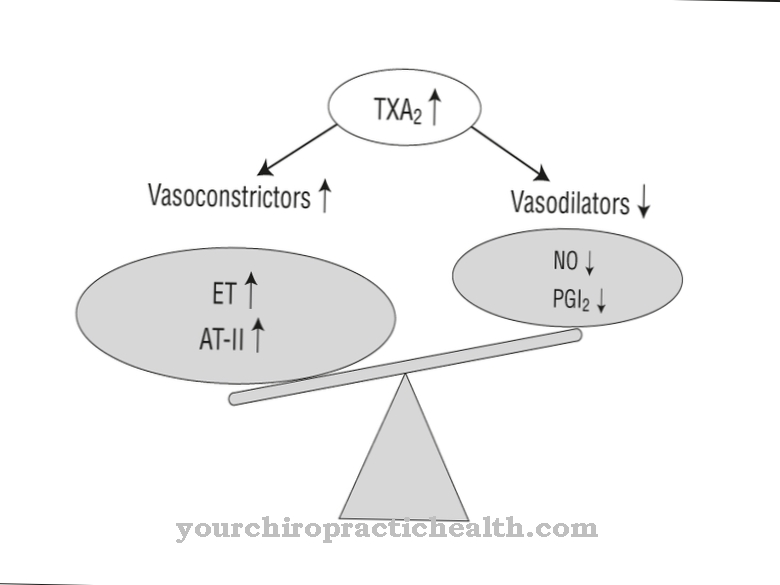Under the REM phases Medicine understands sleep phases in which there is increased eye movement, an increase in the pulse rate and beta and dream activity, whereby the muscle tone drops sharply during this three-hour sleep phase.
In the meantime, medicine assumes that REM sleep is particularly related to learning activities, with clinical studies additionally suggesting a hitherto rather vague relationship with information processing, impulse control and stress management.
While many other living beings die after prolonged REM phase withdrawal, humans usually survive such withdrawal, but as a result usually have to struggle with concentration difficulties, increased drive activities and reduced ability to learn.
What are REM phases?

REM phases are phases of sleep that make up about 25 percent of all human sleep. While small children spend up to nine hours in REM sleep, the phase in the sleep of an adult makes up a total of around three hours. The remaining part of sleep is also labeled with the expression "non-REM", as a distinction to this phase.
The REM stands for "rapid eye movement" in connection with the sleep phases, because such "rapid eye movements" can be observed more frequently in the REM phase. REM sleep is also known as paradoxical or desynchronized sleep and occurs more frequently towards the end of night sleep. The majority of all dreams focus on this phase of sleep.
In the 20th century it was possible to document a connection between the eye movements and the dream events of the REM phase. In addition to eye movement, REM sleep is also characterized by an increase in blood pressure and an increased pulse rate. The muscle tone drops sharply during this sleep phase. At the same time, the beta activity in the brain increases and is roughly the same as the beta wave generation in the waking state.
In 1953, Eugene Aserinsky and Professor Nathaniel Kleitman from the University of Chicago were the first to document the REM phase. Humans are by no means the only living being that experiences REM sleep phases. It is now assumed that all mammals go through these sleep phases and need them to regenerate. Various studies have so far documented, for example, the REM sleep of dolphins, rodents and even ant urchins.
Function & task
Medicine today assumes that learning activities in particular are linked to the REM sleep phases. This hypothesis is related to the increased beta activity that makes up the REM phases. The brain generates beta waves especially in phases of excitement and mental activity. This can be measured on a person in active conversation, for example.
This beta activity thus corresponds to the sequence of beta waves, which corresponds to the rhythm in which the human brain analytically solves problems or makes decisions. A high beta activity therefore indicates alertness, but also excitement and is particularly evident during calculations and planning. Since the beta activity during the REM phases roughly corresponds to that in the waking phase, REM sleep probably occupies a decisive position in learning contexts.
Although it has not yet been adequately researched, a connection between the REM phases and stress management and drive regulation can also be assumed. Since the majority of dreams also take place in REM sleep, a connection with the mental processing of information and experiences is also likely.
When REM sleep is withdrawn, a rebound phenomenon occurs in the following nights, i.e. the REM phases of the following nights accumulate or expand.This observation shows the essential importance of sleep phases for humans.
In connection with clinical studies, test subjects with REM sleep deprivation have often seen instinctual behaviors such as increased hunger, stronger and more aggressive sexual impulses, as well as concentration problems and memory difficulties.
On the other hand, some test subjects were able to cope with everyday life even after complete and long-lasting REM sleep deprivation. This apparently distinguishes the functions and importance of human REM sleep from that of other mammals. In animal experiments, rats have just died after being completely withdrawn from REM sleep for several weeks, while a person's life is apparently not threatened by the withdrawal.
You can find your medication here
➔ Medication for sleep disordersIllnesses & ailments
In connection with the REM phase, premature REM sleep may indicate a sleep disorder. The sleep doctor understands REM latency to be the period of time after which a sleeper first enters an REM phase. As a rule, this period of time for healthy and well rested people is around 90 minutes.
In contrast, patients with sleeping sicknesses such as narcolepsy enter the first REM phase after a significantly shorter period of time. We are talking about premature REM sleep, which however does not necessarily have to be of disease value. Those who suffer from lack of sleep, for example, will also reach the first REM phase prematurely after falling asleep, without this inevitably being associated with an illness.
REM sleep deprivation can have serious consequences for everyday life. Studies have shown that patients with absent or shortened REM phases cannot easily cope with more complex tasks and new challenges.
Sleep pills can cause REM phases to be absent or shortened, as they block the beta-brainwave activity that is crucial for REM sleep. For this reason, according to the latest findings about the REM phases, sleeping pills are increasingly being criticized.
If you want to have the quality and latency of your REM phases checked, you can turn to a sleep laboratory, where sleep activities are monitored by measuring brain waves.



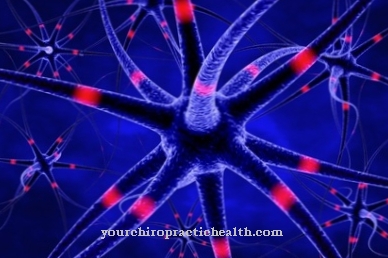












.jpg)
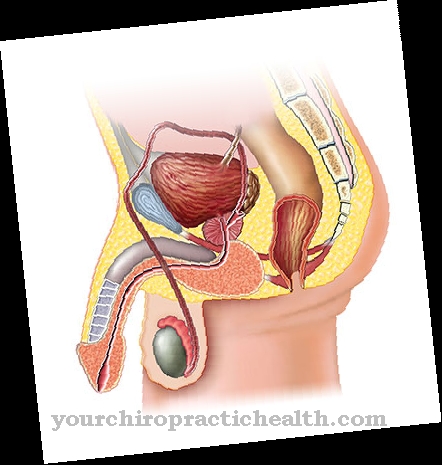



.jpg)



